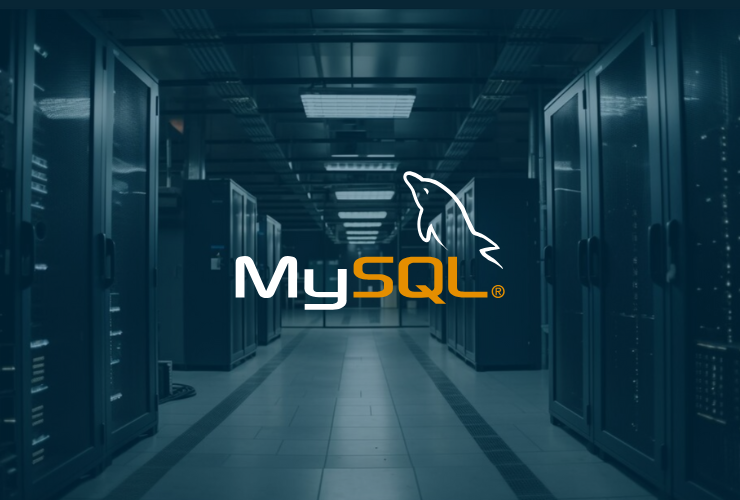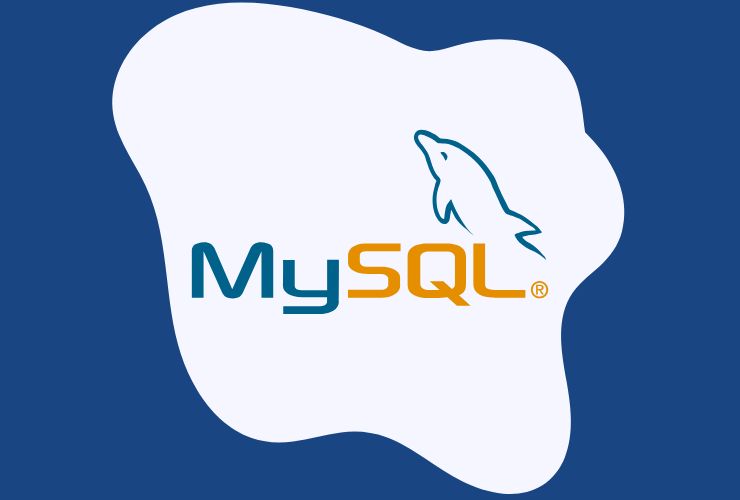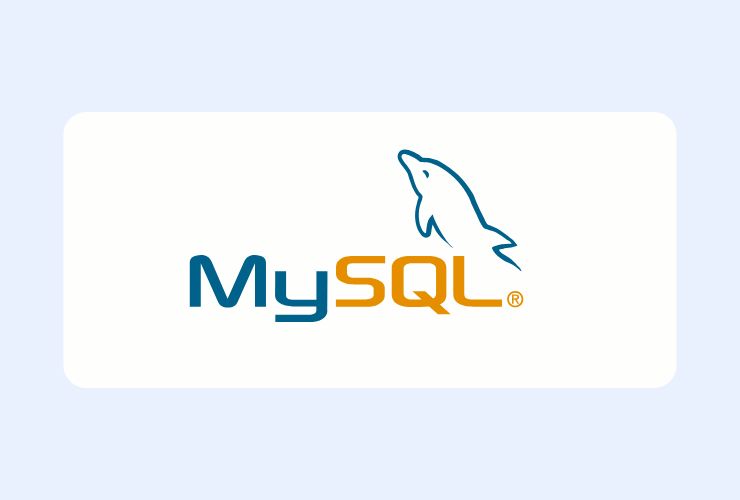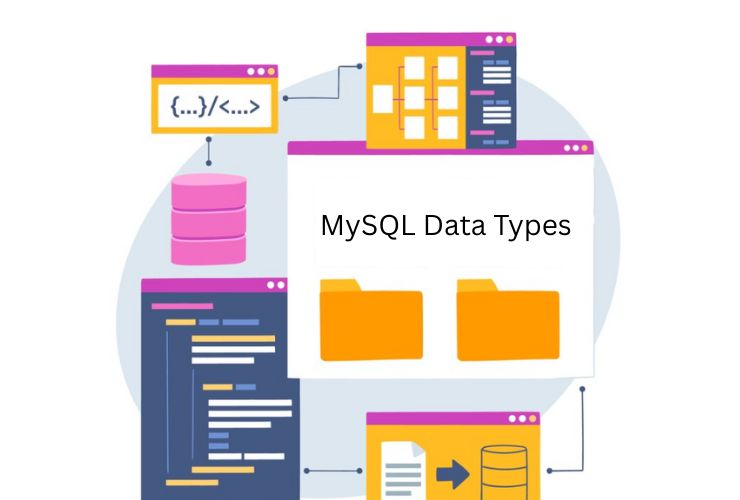In today’s fast-paced digital landscape, downtime isn’t just inconvenient — it’s expensive. For businesses that rely heavily on real-time access to data—such as e-commerce, financial services, and SaaS platforms—database availability is mission-critical.
While the concept of “Always On Availability Groups” is typically associated with Microsoft SQL Server, modern MySQL deployments can achieve similar or even superior levels of availability and disaster recovery with the right architecture.
In this in-depth guide, we’ll explore how to implement MySQL-based high availability (HA) solutions that emulate the behavior of Always On Availability Groups—covering architectures, tools, and real-world use cases.
What does Always On mean in the context of MySQL?
While MySQL doesn’t term “Always On” explicitly, the database community has a number of tools and frameworks for HA-related capabilities, including:
- Automatic failover
- Synchronous or Asynchronous multi-node replication
- Load balancing
- Real-time recovery and failback
Some of the most common HA technologies for MySQL by way of example include:
- MySQL Group Replication
- MySQL InnoDB Cluster
- MySQL NDB Cluster (designed for telecom and real-time systems)
- Third party clustering options including products such as Percona XtraDB Cluster, Galera Cluster, and tools such as Orchestrator for topology management and auto-failover capabilities.
Each option has its own advantages, disadvantages, and level of complexity for deployment- but any of them could provide an Always On style experience if they are designed appropriately.
The Importance of High Availability
Regardless if you are a startup or a large enterprise, having a good HA strategy will benefit the organization in many ways:
- Business Continuity: preventing revenue losses and reputational damage under unexpected outages.
- System resilience: minimizing the impact of a malfunctioning hardware or software component on the operation.
- Scalability: separating workloads and scaling seamlessly as demand increases.
- Disaster Recovery (DR): maintain integrity of data with fast recovery options when disaster strikes.
MySQL HA Architectures That Resemble “Always On”
1. MySQL InnoDB Cluster
InnoDB Cluster is a fully integrated HA solution from Oracle. InnoDB Cluster combines:
- MySQL Group Replication for fault tolerance
- MySQL Router for routing and load balancing
- MySQL Shell for orchestration and automation
Benefits
- Built-in failover functionality
- MySQL Shell simplifies initialization and management
- Integrates natively with MySQL ecosystem
- Acceptable solution for 3-node and beyond
2. MySQL Group Replication
MySQL Group Replication is the core technology of InnoDB Cluster but can also be deployed alone. It does support:
- Single-primary and multi-primary permutations
- Deterministic transaction ordering for conflict resolution
- Synchronous replication for “zero data loss”
Good for: Companies looking for a single-AP configuration for strong consistency and automatic failover — with no third-party tools.
3. Galera Cluster / Percona XtraDB Cluster
Galera and Percona XtraDB offer entirely open-source and true multi-master replication with:
- Synchronous write capabilities across all nodes
- Auto-provisioning of new nodes
- Ability to support a variety of active-active and active-passive configurations
- No slave lag and near-zero failover time
Best Suited to: Applications where strong consistency, real-time replication, and zero data loss are desired.
4. MySQL with Orchestrator + ProxySQL
For the most flexibility and control, this stack is a recent favourite of advanced DBAs:
- Orchestrator: monitors MySQL topology and facilitates automated failovers
- ProxySQL: a high-performance SQL proxy that handles routing (writing), load balancing and failovers
It is a little harder to deploy but the functionality is something you cannot beat.
Essential Elements of a High Availability MySQL Environment
When putting together a high availability (HA) system, pay attention to the following fundamental pieces:
Replication Layer:
Choose a synchronous (Galera) or semi-synchronous/asynchronous method (Group Replication, classic replication), based on your recovery point objective (RPO).
Failover:
Ensure a secondary node is auto detected and promoted quickly to allow a failure with minimal downtime.
Load Balancing:
A tool like MySQL Router or ProxySQL can help ensure the load is balanced.
Monitoring/Alerts:
Tools such as Prometheus, Zabbix or Percona Monitoring and Management (PMM) to gain insight into your databases in (or near) real time.
Backup/Disaster Recovery:
Perform backups frequently (via mysqldump, XtraBackup or MySQL Enterprise Backup) so you have a fallback during failure.
Use Cases
Here are some examples of higher availability MySQL environments where HA is a necessity:
- E-commerce Platforms – You really cannot afford downtime during a flash sale or busy holiday season!
- Fintech Applications – Transactions are sensitive and customer data is highly regulated.
- SaaS Products – Your users will not be happy if they have intermittent access to your software.
- Mobile Apps – Serving users that span a continent without failure (e.g. launching in several countries at once).
- Healthcare Systems – You simply cannot afford downtime on critical applications.
Need assistance setting this up?
Empirical Edge is your loyal supporter when it comes to architecting and managing strong, secure, and scalable MySQL infrastructure.
We provide full-service end-to-end MySQL service to fit your business:
Check out our MySQL Development Services
What We Provide:
- Design and architecture of custom MySQL system
- High availability & clustering
- Query optimization and performance tuning
- Configuration of replication and failover
- Planning for backup and disaster recovery
- 24/7 help and proactive monitoring
On the path of building from scratch to optimizing an existing setup, our team of certified database experts strive to ensure as much uptime and performance as possible.
Final Thoughts
Configuring a MySQL environment that is modeled similarly to an Always On Availability Group is doable and is a smart investment in the resilience and scalability of your system.
With native Oracle products like InnoDB Cluster or open-source tools like Galera and Orchestrator, there are many ways to keep your databases up-to-date, consistent, and safe.
Do not wait until a failure exposes your system’s weaknesses; start planning and building your high availability MySQL solution today with Empirical Edge.














